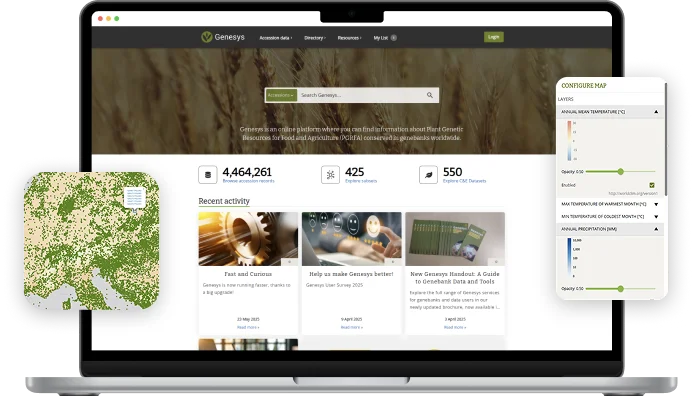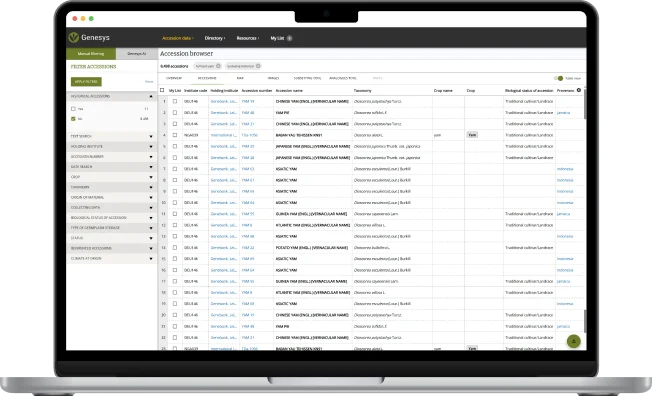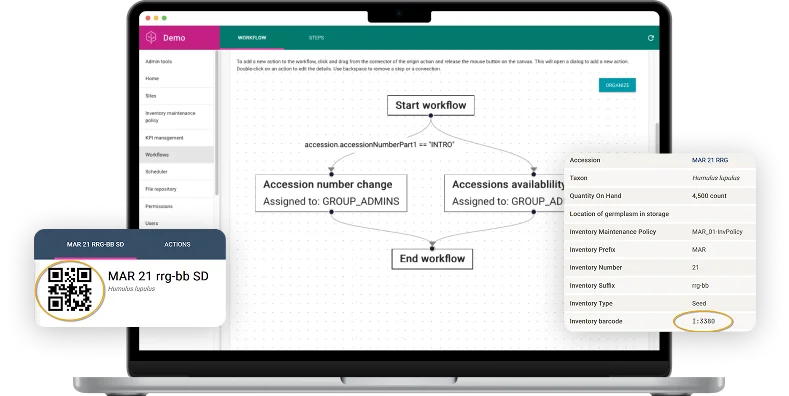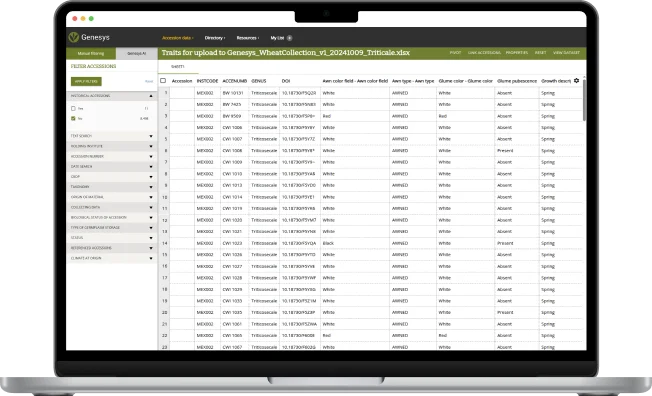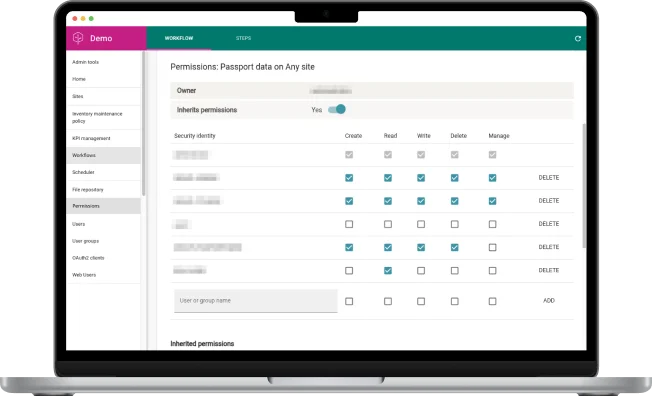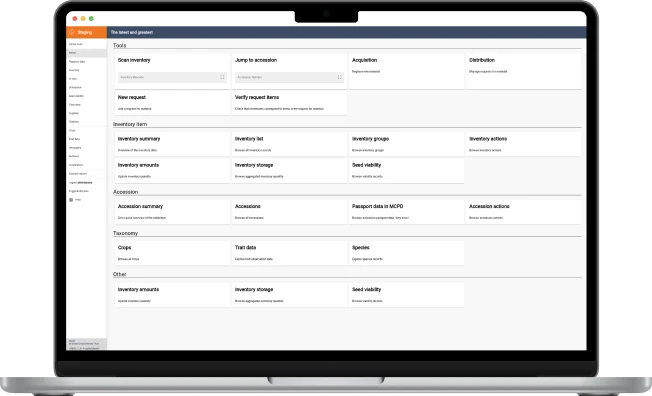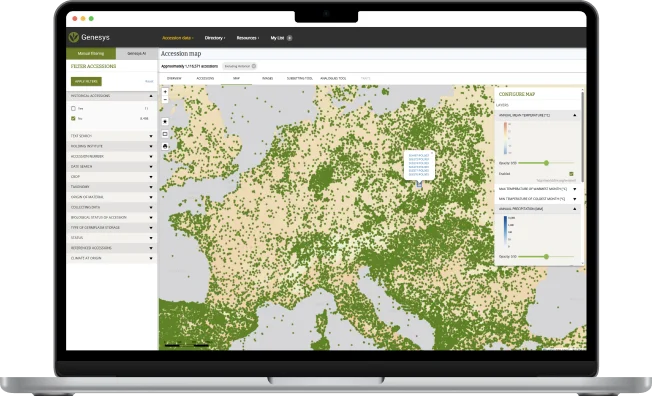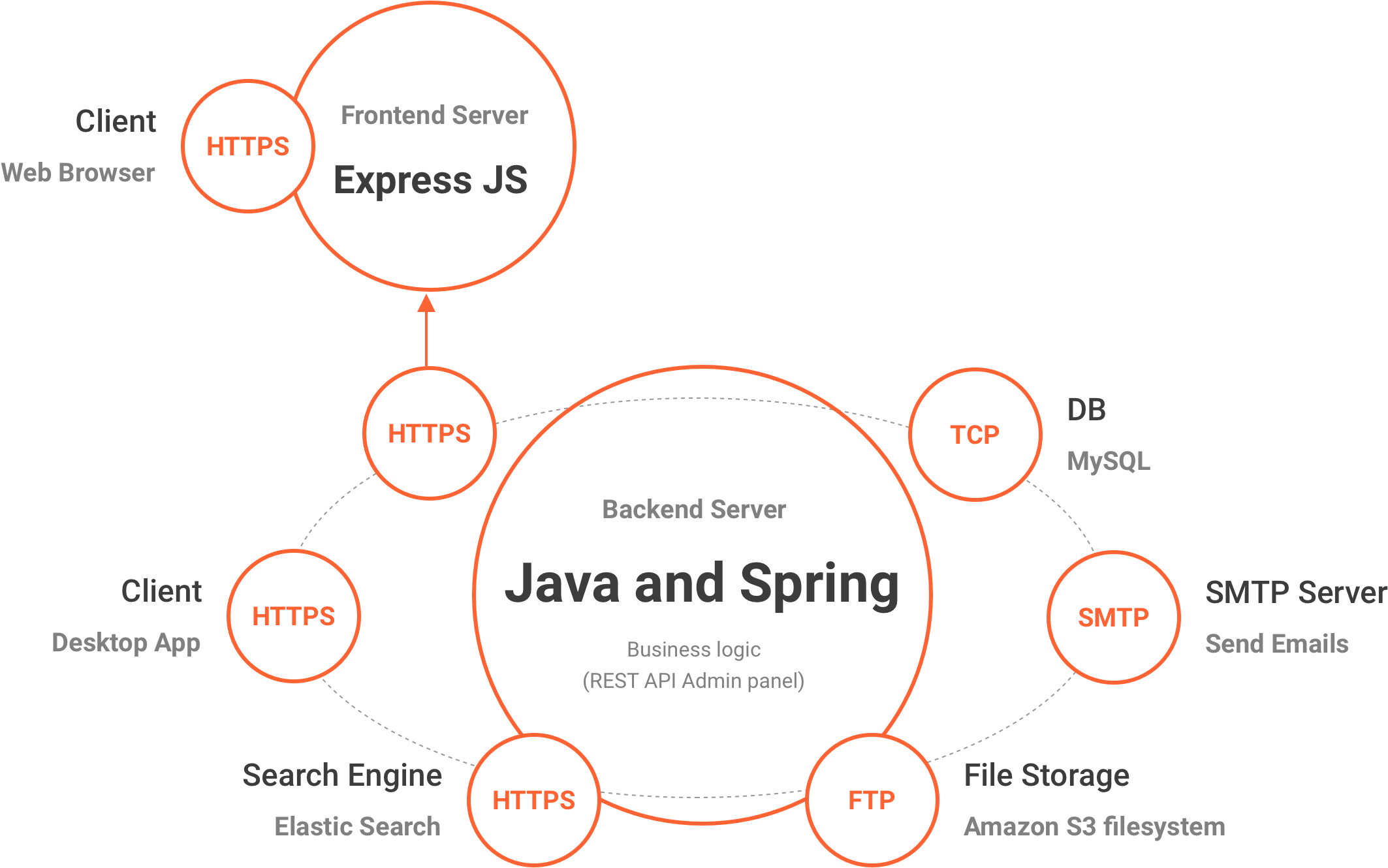Story
In 2013, the Crop Trust, an international organization dedicated to preserving crop diversity, partnered with us to help rebuild Genesys, their global plant genetic resource platform. Originally, Genesys was built on PHP and, over time, began to lack the flexibility and performance needed to support the growing volume of genebank data worldwide. We had to redesign the system using Java to improve the platform’s scalability and simplify access to data about more than 4 million plant samples.
After the successful relaunch of the Java version in 2015 and the frontend migration to React in 2019, the scope of our involvement expanded. In 2020, we became responsible for a second Crop Trust product—Grin Global Community Edition (GGCE), an open-source software and database system used by genebanks to manage internal workflows and data. Our role was to support the system, modernize and expand it.
Over the years, our work has evolved from solely technical task execution to architectural consulting, improving data processing and continuous delivery of new features across both systems. Genesys now serves as a global access point for researchers and institutions working to preserve crop diversity, while GGCE helps local genebanks manage and digitize their internal operations.
Together, these platforms make a critical digital foundation for long-term global food security and biodiversity preservation. As of today, Genesys hosts over 4.3 million seed samples. More than 450 genebanks contribute to the platform, and data is sourced from over 100 countries.
And we’re proud to be part of the Crop Trust’s mission, ensuring their systems remain stable, scalable and ready for what’s next.
-
4.3million seed samples
-
12years of partnership between our team and Crop Trust
-
450genebanks worldwide provide Genesys with data
-
165partner institutions


